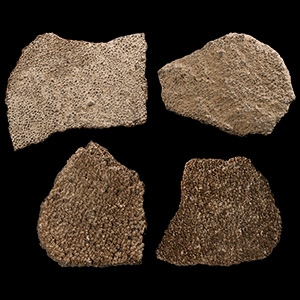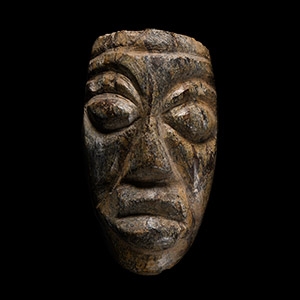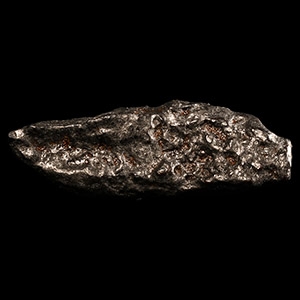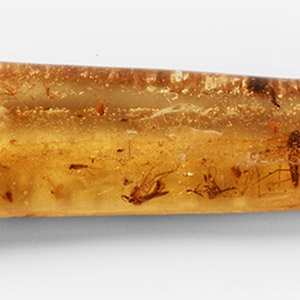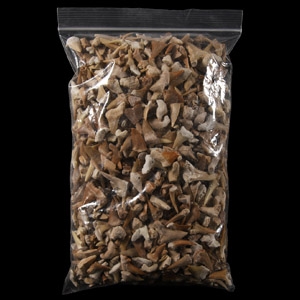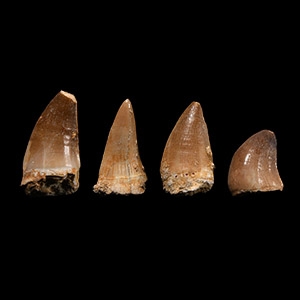Home > Auctions > 23 - 27 May 2023
Ancient Art, Antiquities, Natural History & Coins
Auction Highlights:
Discovered 1576 A.D., Chaco Province, Argentina.
From a Lincolnshire, UK, collection.
From a Cambridgeshire, UK, collection.
Basilosaurus was a large predatory whale that hunted for sharks, large fish and other marine mammals.
From the Kem-Kem Basin, Morocco, North Africa.
From an old German paleontological collection.
Deltadromeus had extraordinarily delicate and long limbs making it one of the fastest dinosaurs to have existed. This meat-eating dinosaur was an early off-shoot of the theropod line on northern continents that gave rise to Tyrannosaurus and the raptor Deinonychus.
Acquired 1990s-early 2000s.
East Anglian private collection.
Discovered 1576 A.D., Chaco Province, Argentina.
Ex German dealer 2018.
UK private collection.
See Graham, Bevan and Hutchison ed., Catalogue of Meteorites, Natural History Museum, 1985, p.88, for details of this fall.
A crater field of roughly 26 craters was found in the vicinity of this crater, which is estimated to date to 4-5 thousand years BP. The age of the meteorite itself is thought to be c.4.5 billion years, formed as part of the development of this solar system. The largest two fragments, the 30.8 ton Gancedo and 28.8 ton El Chaco, are among the heaviest meteorite masses ever recovered on Earth. In 1576, the governor of a province in Northern Argentina commissioned the military to search for a large mass of iron, which it was believed local people claimed had fallen from the sky and which they used for their weapon production. The expedition discovered a large mass of metal which was assumed to be an iron mine and brought back a few samples, which were described as being of unusual purity. Following the legends, in 1774 Don Bartolomé Francisco de Maguna rediscovered the iron mass. He himself did not believe that the stone had fallen from the sky and assumed that it had formed by a volcanic eruption. However, he sent the samples to the Royal Society of London. In 1990 it became protected by law.
From a Cambridgeshire, UK, collection.
This lot has been checked against the Interpol Database of stolen works of art and is accompanied by search certificate number no.11722-197505.
Mosasaurs (from the Greek for 'lizard') were aquatic dinosaurs which probably gave birth to live young.
From Patagonia.
From a Cambridgeshire, UK, collection.
Ex private collection of a Shropshire, UK, gentleman, 1990s.
Found Nantan, Nandan County, Guangzi Region, China.
Property of a Sussex, UK, teacher.
Accompanied by a certificate of authenticity from Silver Moon Crystals, Southport, UK.
See Graham, Bevan and Hutchison, Catalogue of Meteorites, Natural History Museum, 1985, p.253, for details of this fall.
The Nantan meteorite fell in 1516, as recorded in ancient Chinese texts; the fall exploded during descent which resulted in a shower of many individual iron meteorites over an area some 28km x 8km in Nantan County, Guangxi, China. Classified as an iron meteorite; 111CD Course Octohedrite, the composition is approximately 92% iron, 6% nickel and contains more than ten other minerals including kamacite, taenite, dominate, plessite, schreibersite, triolite, graphite and others. In 2000, pieces of the Nantan meteorite were incorporated into an art installation for The Bull Ring Shopping Centre in Birmingham, England. Today, a plaque commemorates the occasion.
From a Lincolnshire, UK, collection.
Acquired 1990s-early 2000s.
East Anglian private collection.
Private UK collection formed in the 1980s.
1957 - 1968 of 2508 LOTS

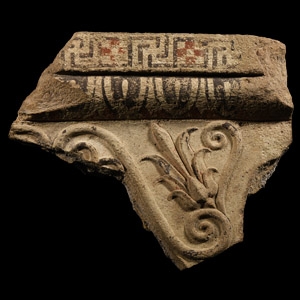
.jpg)


.jpg)
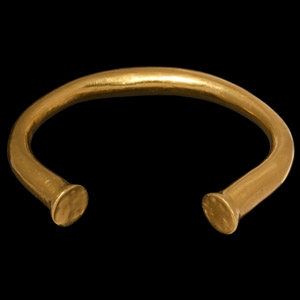
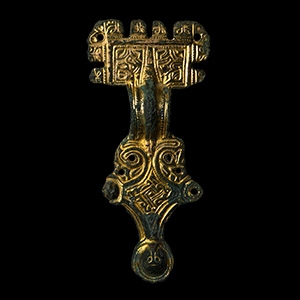

.jpg)



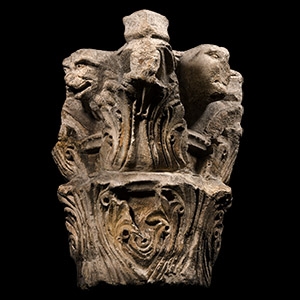
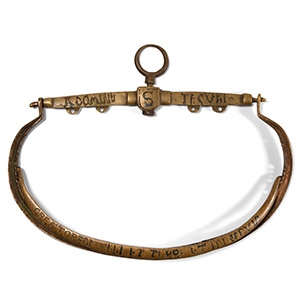
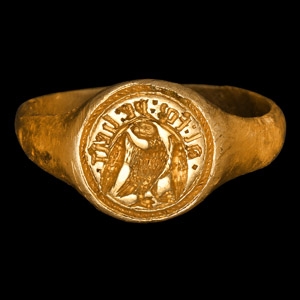
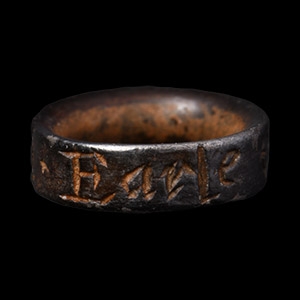
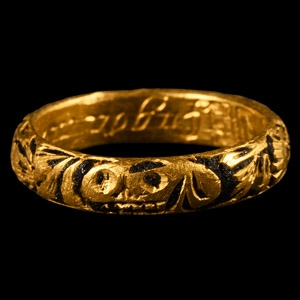
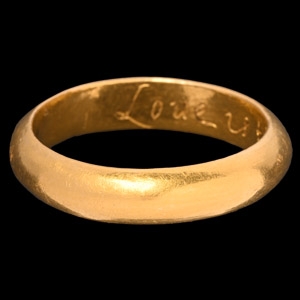
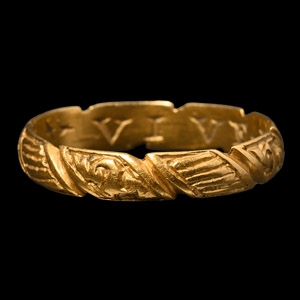
![English Milled Coins - George VI - 1937 - Cased RM Proof Coronation Gold Set [4] English Milled Coins - George VI - 1937 - Cased RM Proof Coronation Gold Set [4]](https://timelineauctions.com/upload/images/items/small/203351-s(2).jpg)
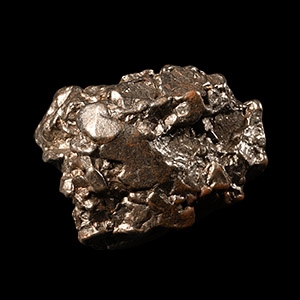
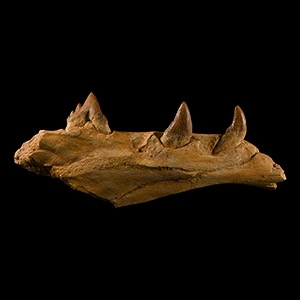
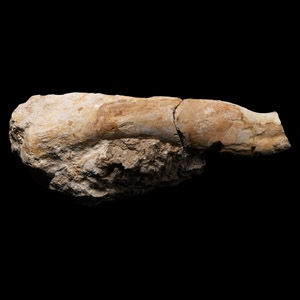

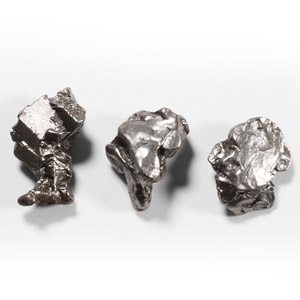
.jpg)
